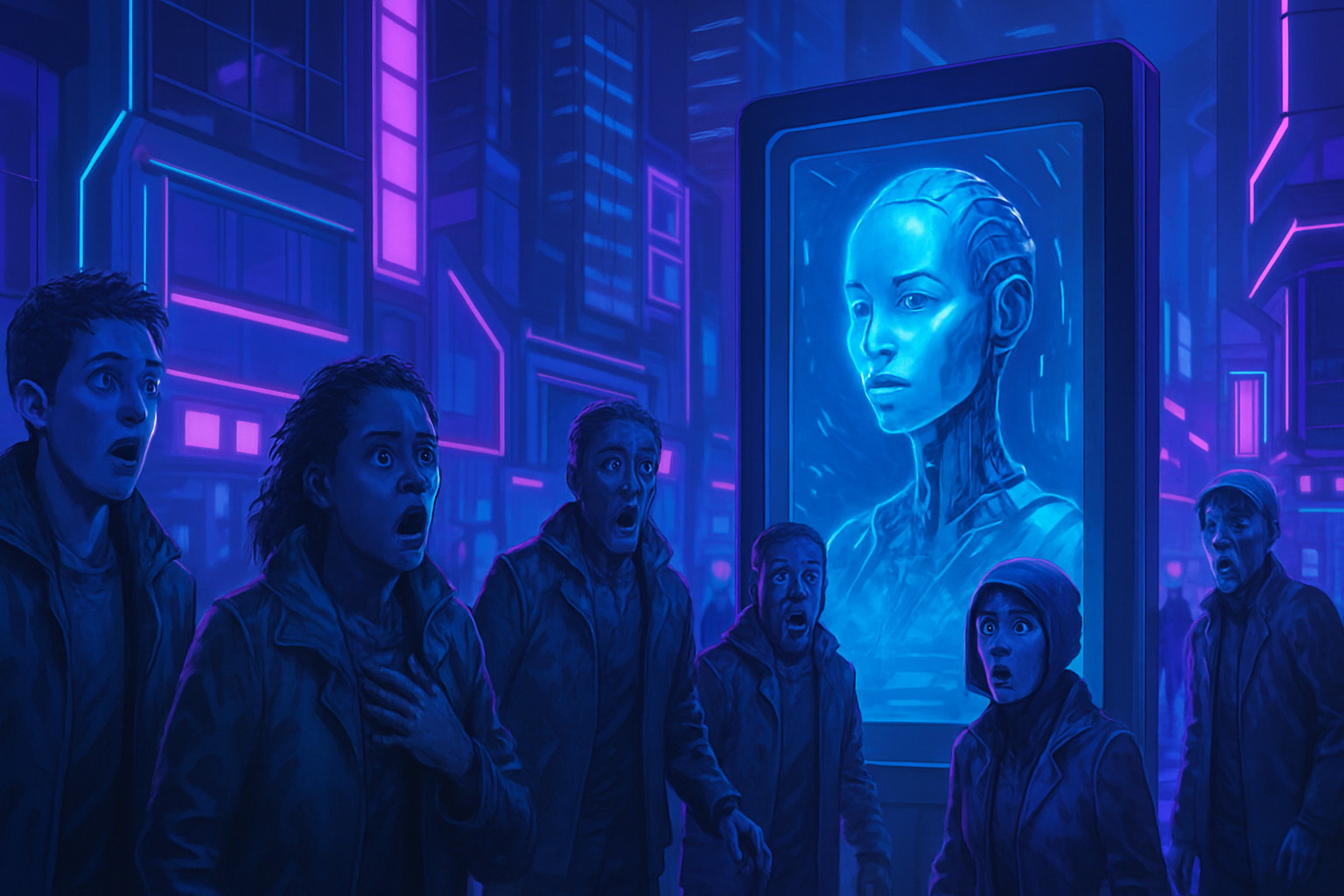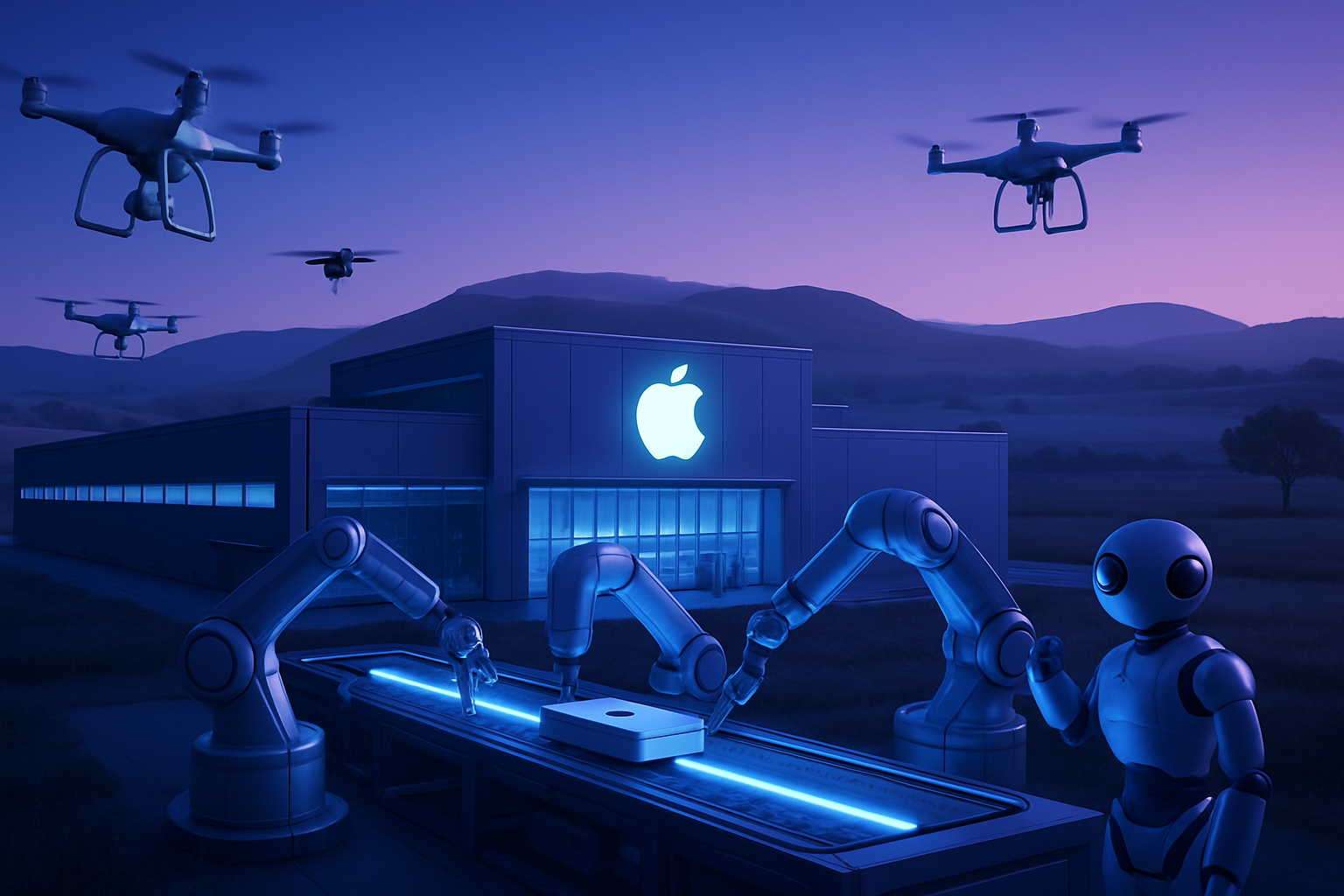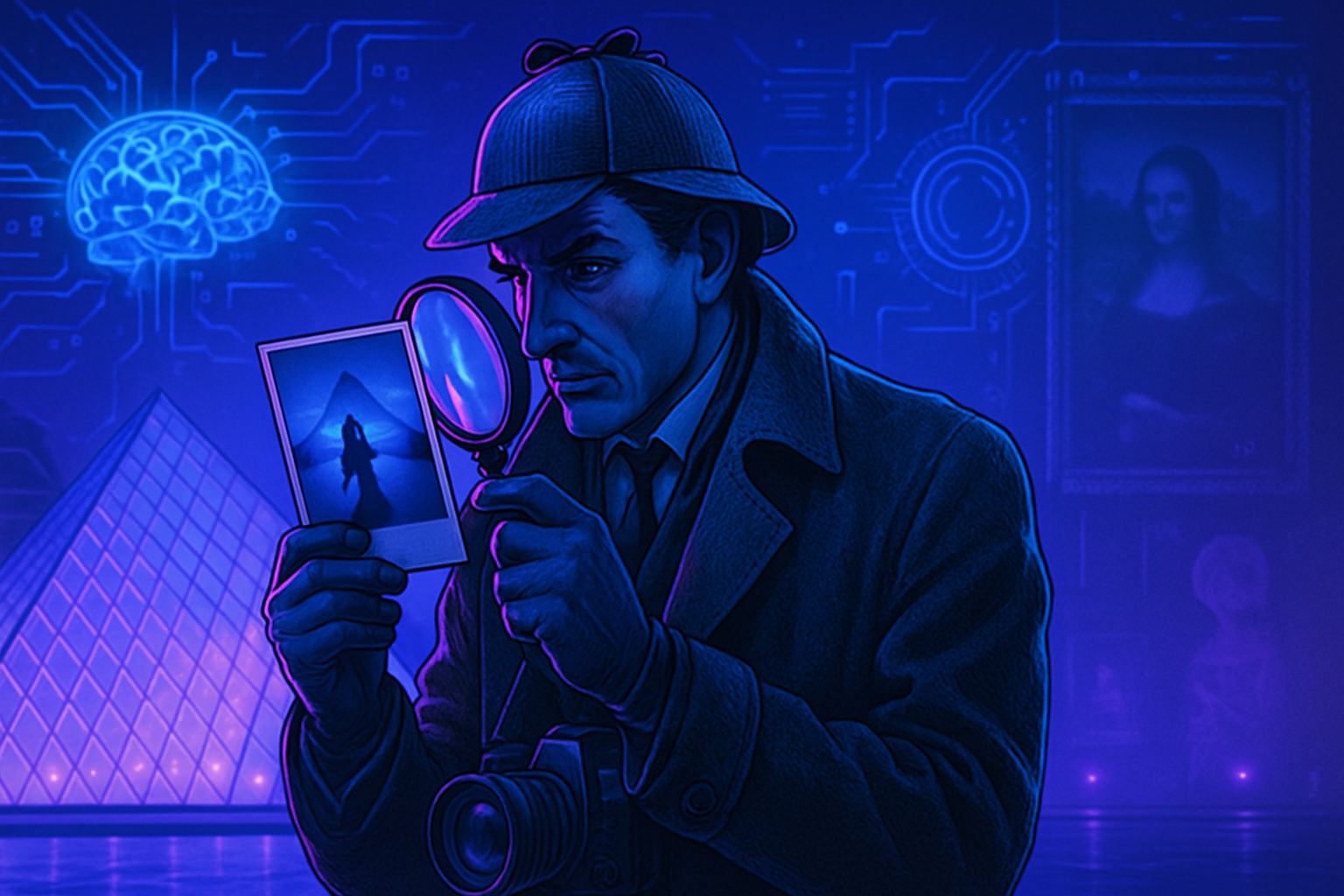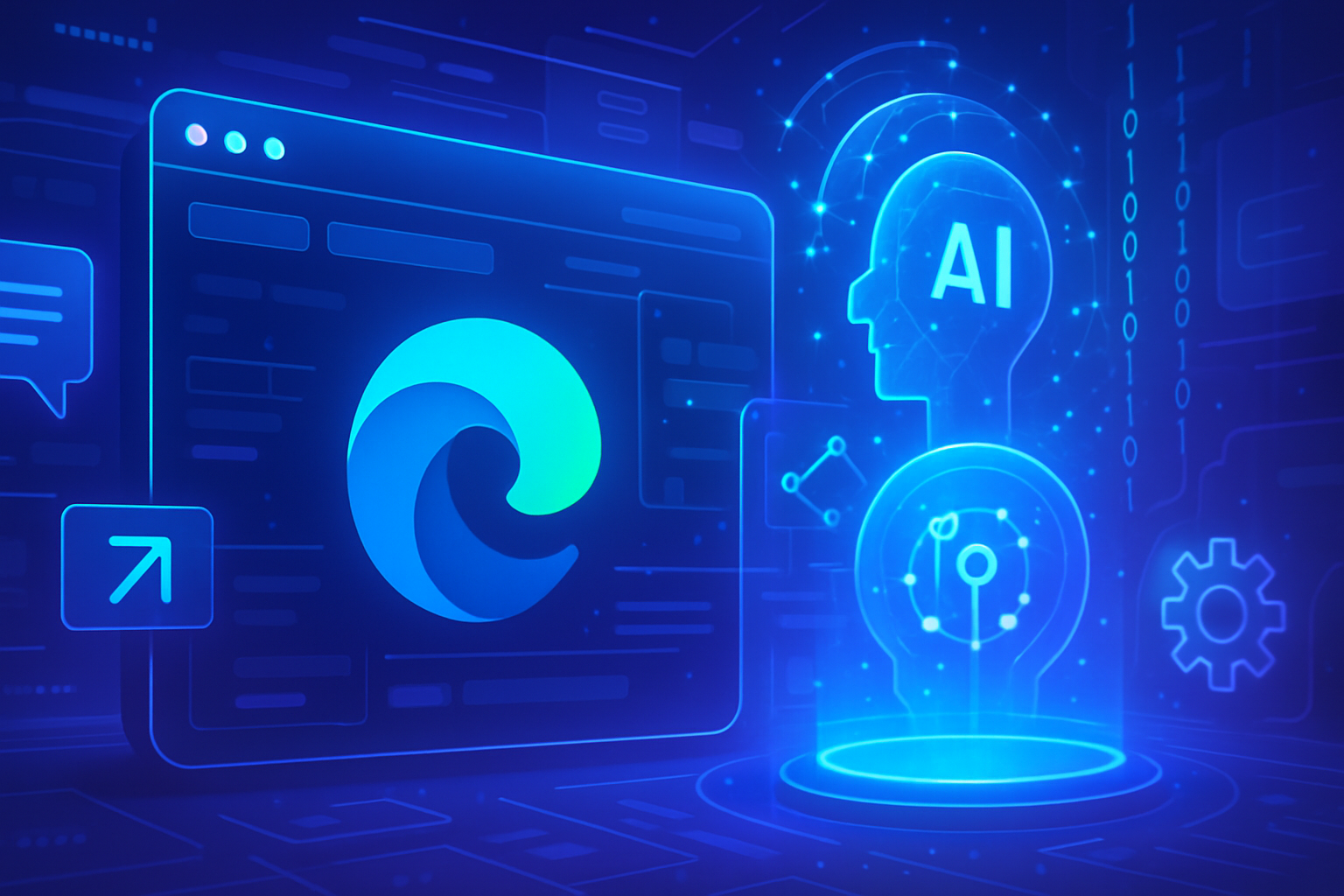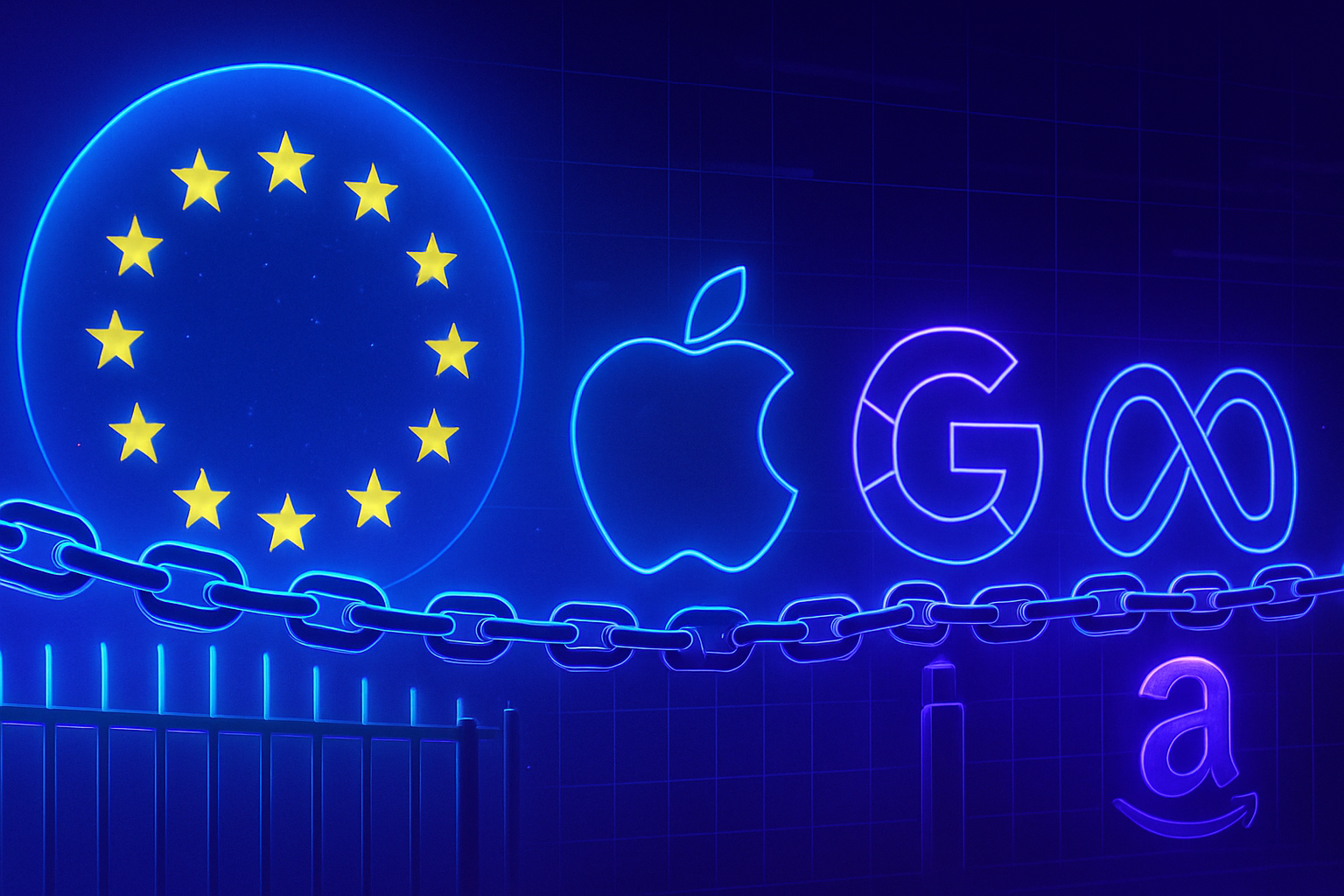Artificial intelligence is redefining the boundaries of art, opening up a unique dialogue between technology and creativity. _A remarkable synergy emerges_, highlighting the possible transformations of contemporary artistic practices. Algorithms are no longer just tools; they are infiltrating the very essence of creation, questioning the nature of the author and the originality of works. _The meeting between machines and artists_ embodies a tumultuous evolution, confronting established values and artistic legitimacies. Everyone is now called to scrutinize the ethical and aesthetic implications of this _emerging collaboration_, which challenges our understanding of creative intention.
Artificial Intelligence: Redefining the Creative Process
The convergence between artificial intelligence and the art world raises deep questions about the very nature of creativity. Certainly, sophisticated algorithms are storming traditional artistic creation processes. Producing original works, AI not only questions the role of the artist but also the foundations of contemporary art.
AI-Generated Artworks
More than thirty current artificial intelligences, capable of producing works based on simple textual instructions, call for a redefinition of art. The online sale organized by Christie’s entitled *“Augmented Intelligence”* perfectly illustrates this dynamic. Between respect for artistic traditions and technological innovation, a creative tension emerges.
Ethical and Philosophical Challenges
At this technological intersection, ethical challenges loom. The question of the authenticity of digitized works generated by machines inevitably arises. *Does AI truly have artistic consciousness?* Human artists, faced with this new reality, must reassess their place and value in the artistic system. Discussions around copyright are intensifying, requiring clear answers in the face of this technological evolution.
Artists and Artificial Intelligence
Iconic figures such as Olga Kisseleva testify to the growing influence of AI in the art world. Her artistic projects, such as *EDEN*, mark a decisive step in the exploration of works where technology redefines the parameters of creation. The collaboration between the artist and the algorithm thus becomes essential, challenging classical notions of the author.
Future Perspectives of the AI-Art Alliance
The possibilities offered by AI in the artistic field are infinitely broad. It is now possible to envision a Renaissance of the Arts, where artificial intelligence and humans coexist harmoniously. The emerging audacious synergies shape a resolutely innovative artistic future, both in terms of creative process and interaction with the public.
Impacts on the Art Market
This technological evolution leads to a reshaping of art market dynamics. Works generated by algorithms are increasingly attracting collectors. The phenomenon raises questions about the social and economic value of works produced by AI. Recent auction sales reflecting an explosion of interest demonstrate that investors are beginning to see AI as a fully-fledged player in the artistic field.
Conclusion of an Ongoing Evolution
As AI continues to forge its path in art, humanity faces a new cultural landscape prompting reflection on the nature of originality. Each of these developments outlines the contours of an era where artificial intelligence could redefine the foundations of artistic creation. The future of this alliance seems promising, although fraught with complex challenges to overcome.
FAQ about Artificial Intelligence and Art
How does artificial intelligence influence artistic creation?
Artificial intelligence allows for the generation of artworks using advanced algorithms that analyze data, styles, and different techniques. This opens up new creative perspectives and redefines what we consider art.
What are the ethical challenges associated with the use of artificial intelligence in art?
Ethical challenges include concerns about the authenticity of works, copyright issues, and the possibility that AI may replace human artists. It is crucial to debate these issues to establish guidelines.
Can works created by AI be considered authentic art?
The question of authenticity is complex. While AI-generated works may be aesthetically pleasing, their artistic status depends on the cultural and philosophical criteria we apply to the definition of art.
What types of AI technologies are used in artistic creation?
Technologies such as neural networks, machine learning, and natural language processing algorithms are commonly used to analyze and generate artworks.
How does AI change the perception of the role of the artist?
AI challenges the traditional role of the artist by introducing collaborative processes between machines and humans, where the idea of creation is shared, which may redefine the creative process.
Can artificial intelligence create artworks without human intervention?
Yes, AI can autonomously generate artworks, but the quality and emotional depth of these creations may vary, raising questions about the importance of human intervention.
What are the implications of AI on the art market?
With the emergence of AI-generated artworks, questions about value, authenticity, and provenance arise, which could transform the dynamics of the art market.
How can human craftsmanship coexist with AI-generated works?
Human craftsmanship and AI creations can coexist as complementary forms of art, with each method offering its own conception and aesthetic appreciation.
What are the future prospects for AI and art?
Future prospects include increased collaborations between artists and machines, leading to a continuous redefinition of the boundaries of creativity and artistic expression.
Where can we see examples of art generated by artificial intelligence?
Auction houses, art galleries, and online exhibitions regularly showcase artworks created by AI, highlighting this evolution in the artistic world.

